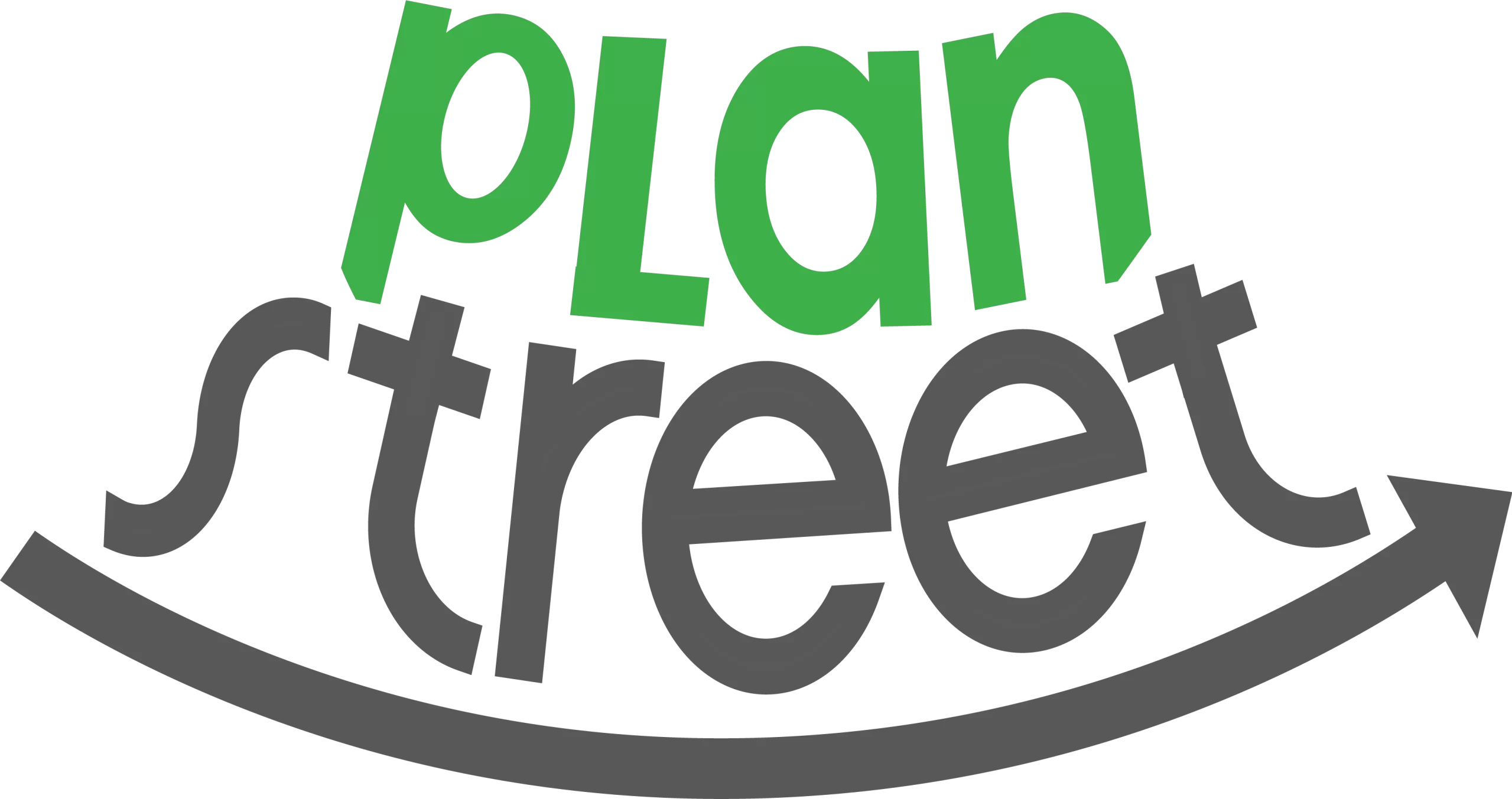Prisoner Re-entry Programs: The Work of Reducing Recidivism

For those who have spent time incarcerated, returning to society can be a difficult and lengthy process. Finding safe and affordable housing, re-establishing a career, and gaining firm footing toward a healthy and productive life takes resources and counselling. Over the past couple of decades, re-entry programs have emerged and work to provide help to the formerly incarcerated with the ultimate goal of reducing the rate of released prisoners being re-arrested for a similar offence – known as recidivism.
Reducing recidivism benefits individuals by helping them get back on their feet and lead successful and fulfilling lives. It also greatly benefits society by reducing crime rates and lowering healthcare and incarceration costs.
Statistics on Recidivism Rates
The United States of America has the largest prison population of any nation in the world. A staggering one of every five people in the world who are incarcerated are in the U.S. Individuals who are incarcerated are more likely to suffer from poor physical and mental health, have a comparatively lower level of education, and are more likely to be from racial and ethnic minorities.
The simple fact is that those who are incarcerated and face the prospect of fighting recidivism are among the most marginalized populations in our society. These populations have many statistical disadvantages working against them already so re-entry programs play a significant role in helping reduce the likelihood they will find themselves incarcerated again.
What is the purpose of a reentry program?
Prisoner reentry programs work to help ease recently release prisoners’ integration back into society. The formerly incarcerated face a host of potential issues including the lack of a support network, limited employment options, and the need for quick and safe housing.
In addition to providing these resources, the other vital and perhaps even more all-encompassing goal is to keep the formerly incarcerated just that – formerly incarcerated. Reentry programs equip individuals with the skills and head start they need to keep them from the temptation of committing the same crime that found them behind bars in the first place. Rather than return to prison, these individuals become productive members of society and have the ability to become self-sufficient.
Related Post: Reentry Programs – A New Way of Life
Types of re-entry programs
- Employment Assistance Programs: Finding reliable employment is perhaps the most critical and challenging task that someone facing reintegration into society will face. It is critical because stable employment can act as the building block for other life necessities such as health care, housing, transportation, and healthy nutrition.
- Housing Assistance: The safety concerns of landlords and the frequent financial challenges facing recently released prisoners can make housing a challenge. Safe and affordable housing can even be difficult to come by for those who have not been incarcerated. Studies have shown that reentry programs can help to reduce recidivism rates through efforts to eliminate landlord screening for felony protections, creating partnerships between landlords and recently release prisoners, and obtaining financial assistance to jumpstart the housing search.
- Healthcare: The incarcerated experience a higher rate of chronic illness, substance abuse, mental illness, and infectious diseases. The overall health of those facing reentry is far worse than those who have never been incarcerated. These factors combined with the barriers of reentry (i.e. lack of a primary care physician, insufficient or non-existent health insurance, and toxic social stress) make health care a prime area of opportunity for reentry programs to aid the recently released.
Re-entry Programs for Juveniles
Incarcerated youth seeking to reintegrate into society face many of the same challenges that adults face however they also have some unique situations that require a more focused approach to reentry. Youth face the challenges of integrating back into schools, unstable homes and family life, and not having the requisite skills to enter the labour force. These can inhibit effective reentry and lead to juvenile recidivism.
Many reentry programs focus specifically on helping youth. These programs help to develop interpersonal skills, communication strategies, integration into schools, and independent living skills that will help foster a successful and happy life. These programs also often work to expunge records when they are able.
It is widely accepted that juvenile reentry programs should focus on five primary areas:
- Family: addressing damaged relationships and support structures that are needed to foster an environment conducive to personal growth.
- Substance abuse: Addressing addiction and substance abuse is critical in helping recently incarcerated youth to keep their lives on the right path.
- Peer association: Positive friend group influences can reduce the pressure to return to old ways and discourage association with peer groups that have a negative effect.
- Education: Participation in education programs ahead of release help reduce rates of
recidivism, boost confidence, create opportunities for employment, and help increase earning
potential. - Mental and physical health: Ensuring access to health coverage provides avenues for those
attempting reentry to physical health screenings, mental health wellness, and substance abuse
counseling.
What Makes a Re-entry Program Successful?
While there isn’t a wealth of data associated with how effective reentry programs are, there is some evidence to support the idea that employment solutions are among the most effective tools that they offer.
So how can these programs improve? Here are the ways that reentry programs can be more likely to succeed for the individuals they are helping:
- Starting early: Avoid recidivism and take a consistent effort starting as early after release as possible. It does not take much for the formerly incarcerated to find ways to old peer groups and habits so addressing solutions as soon as possible is absolutely critical to their success.
- Addressing homelessness: Not having stable housing is one of the leading causes that those attempting reentry fall victim to recidivism.
- Having the right tools: From building a house to running a business, success is always easier when you have the right tools for the job. A quality reentry case management software is critical for effectively organizing client data and executing the tasks they need to help them succeed.
PlanStreet Helps Re-entry Programs Be As Effective As Possible
PlanStreet is the premiere case management system for reentry case workers. Our industry-leading software offerings can help with:
- Enrolling clients in training courses
- Tracking mandatory attendance
- Text messaging to better engage clients
- Easily customizable drop and drag online forms
We help guide case managers through the critical steps of reentry case management: intake, needs assessment, service, reporting and results, and mid-care adjustments.
PlanStreet’s Seamless Integration with Spillman Flex’s Records Management Suite
Perhaps most importantly, PlanStreet integrates with Spillman Flex’s records management suite – an industry-leading software used by law enforcement and first responders all across the nation. Spillman Flex’s RMS creates a process and repository for uniform, unduplicated, and sharable data entry.
Spillman Flex’s RMS provides capability and assistance with:
- Investigations and analyst benefits
- Accurate evidence management
- Offender tracking
- Integrated civil process information
- Administrative benefits
These records can be shared across organizations as well as with other databases – including PlanStreet!
Schedule your PlanStreet demo today!
At PlanStreet, our passion is creating the best possible product to help social workers and case managers be as effective in their roles as possible. PlanStreet offers one of the most customizable platforms on the market and it fully integrates with Spillman Flex’s records management suite.
Contact us today for a tour of our product. We want nothing more than to help you maximize the impact that your team is having in our community.
